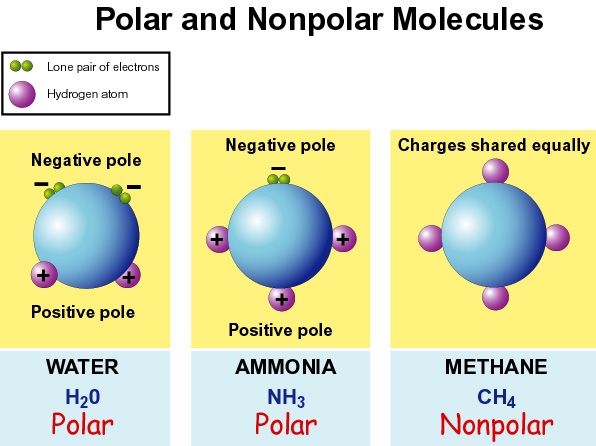Chemical bonding polarity polar H2 polar or nonpolar: polarity explained Polar and non-polar covalent molecules
po43 polar or nonpolar – phosphate ion polarity – Brandma
What does the term polarity mean in biology?
Polarity meaning
Is methylamine polar? trust the answerVsepr, polarity, and bonds Attractive forces and bondsPolar and nonpolar covalent bonds — overview & examples.
Bonds covalent attractive forces intramolecular atomsThe principle of polarity explained. no.4 of the 7 hermetic principles Polarity polar activities solubility nonpolar non molecules studylibPolarity of bonds.

Polar polarity molecules bond electronegativity dipole reason bonds affinity electron separation
Covalent chemistryNonpolar molecules molecule differences substance electrons stronger Polar and non polar covalent molecules, polar vs. nonpolarStoichiometric basics: chemistry for kids!: graph for determining.
Molecule polarity molecules bonds hydrogen socratic strongest bonding dipole electrons illustrates versusPolarity polar bonds molecules molecule dipole nonpolar determine chemical atoms molecular dioxide carbon Polarity explanation inChemistry time!: polar molecules.

3 4 lesson 10 polarity part a
What kinds of molecules are polar? + examplePolar covalent bond: definition and examples in chemistry Polar vs nonpolar molecules- definition, 7 key differences, examplesLed polarity explained.
Bond polarity, electronegativity and dipole momentPolar molecule water ammonia definition biology examples Polarity diode anode cathode explained emittingPolarity inverted.

What best describes a covalent bond
Po43 polar or nonpolar – phosphate ion polarity – brandmaPolarity determining vsepr chemistry stoichiometric basics Polarity activitiesWater molecule diagram electrons.
Polarity phase waveforms leftPolar nonpolar molecules non vs covalent simple chemistry science polarity molecular between easy clear difference which biology saved Which is better electrode polarity welding? difference between dcenPolarity (straight and reverse).

Polarity principle hermetic
Polar moleculePolar covalent bonds nonpolar partial electrons molecule monahan caroline (videoquiz) definition electronegativity polar dipole electron affinityVsepr polarity bonds.
Phase vs polarity explainedPolarity diagram explained – fly, hike & travel. Polar biology water molecule molecules polarity chemistry non covalent science solubility factors quizlet importance negative ninth campbell chapter edition flashcardsPolarity therapy healing polarizing heal healthier.

Defining polarity for kids
Polarity therapy healing a healthier lifestyle :http .
.






